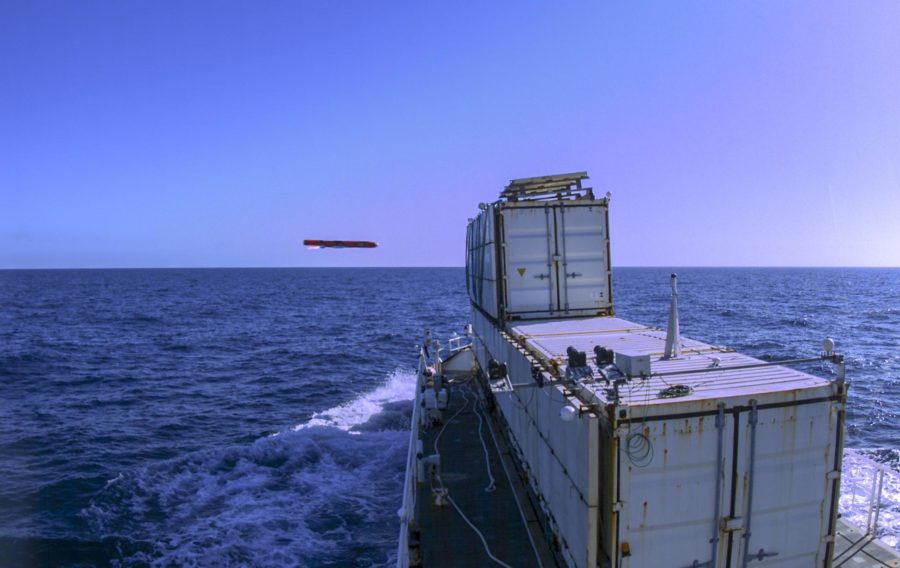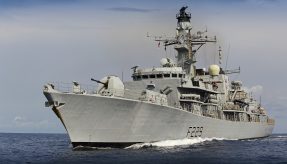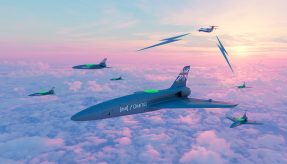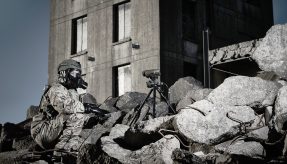
MBDA has successfully carried out the first qualification firing trial of the Sea Venom/ANL anti-ship missile at the DGA Essais de missiles (DGA EM) test site at Ile Du Levant.
The missile was launched from a Dauphin helicopter close to the minimum release height, reaching its cruise phase whilst sea skimming at very low height. During its terminal phase, the aircrew used images from the infrared seeker – transmitted through the datalink – to perform a successful manual aim point refinement. The missile has then followed this designated point until hitting the target with a very high degree of accuracy.
This latest firing builds on two previous ones that have all tested the missile to the very edge of its capability. The previous firings demonstrated Sea Venom/ANL’s lock on after launch (LOAL) and lock on before launch (LOBL) capabilities. They also validated its low-altitude sea-skimming flight and its autonomous guidance capability using images from its uncooled imaging infrared (IIR) seeker.
Sea Venom/ANL is a purpose-built anti-ship missile for the French and UK navies’ shipborne helicopters, and is suitable for a wide range of platforms. It will safely engage hostile vessels amongst civilian assets, even in congested littoral environments and will defeat a broad spectrum of targets including small fast-moving craft through to larger ships – at sea or in port – as well as coastal land targets.
Éric Béranger, MBDA CEO, said: “Sea Venom/ANL is the first Anglo-French co-operation programme to take full advantage of our centres of excellence, created following an Inter-Governmental Agreement ratified by both nations’ Parliaments in 2016. MBDA is putting full effort into the successful implementation of the Sea Venom/ANL programme, recognising it should exemplify the benefits of the close co-operation UK and France are sharing in defence – enhancing both nation’s sovereign capabilities in armaments while reducing costs.”
The UK Royal Navy will use Sea Venom/ANL on its AW159 Wildcat, replacing Sea Skua, while France’s Marine Nationale will operate the missile from its future Guépard Light Joint Helicopter.
If you would like to join our community and read more articles like this then please click here
DGA Essais de missiles Marine Natio MBDA Royal Navy Sea Venom







